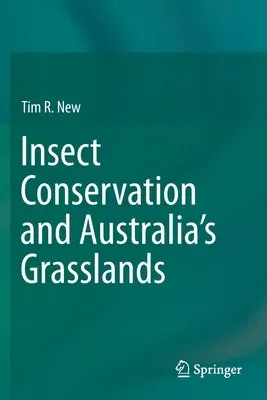Australia's varied grasslands have suffered massive losses and changes
since European settlement, and those changes continue under increasingly
intensive human pressures for development and agricultural production.
The values of native grasslands for conservation of endemic native
biodiversity, both flora and fauna, have led to strong interests in the
protection of remaining fragments, especially near urban centres, and
documentation of the insects and other inhabitants of grasslands
spanning tropical to cool temperate parts of the country. Attention to
conservation of grassland insects in Australia is relatively recent, but
it is increasingly apparent that grasslands harbour many localised and
ecologically specialised endemic species. Their conservation necessarily
advances from very incomplete documentation, and draws heavily on
lessons from the far better-documented grasslands elsewhere, most
notably in the northern hemisphere, and undertaken over far longer
periods. From those cases, and the extensive background to grassland
management to harmonise conservation with production and amenity values
through honing use of processes such as grazing, mowing and fire, the
needs and priorities for Australia can become clearer, together with
needs for grassland restoration at a variety of scales.
This book is a broad overview of conservation needs of grassland insects
in Australia, drawing on the background provided elsewhere in the world
on the responses to disturbances, and the ecological importance, of some
key insect groups (notably Orthoptera, Hemiptera and Lepidoptera) to
suggest how insect conservation in native, pastoral and urban grasslands
may be advanced. The substantial references given for each chapter
facilitate entry for non-entomologist grassland managers and stewards to
appreciate the diversity and importance of Australia's grassland
insects, their vulnerabilities to changes, and the possibilities for
conserving them and the wider ecological roles in which they
participate.


